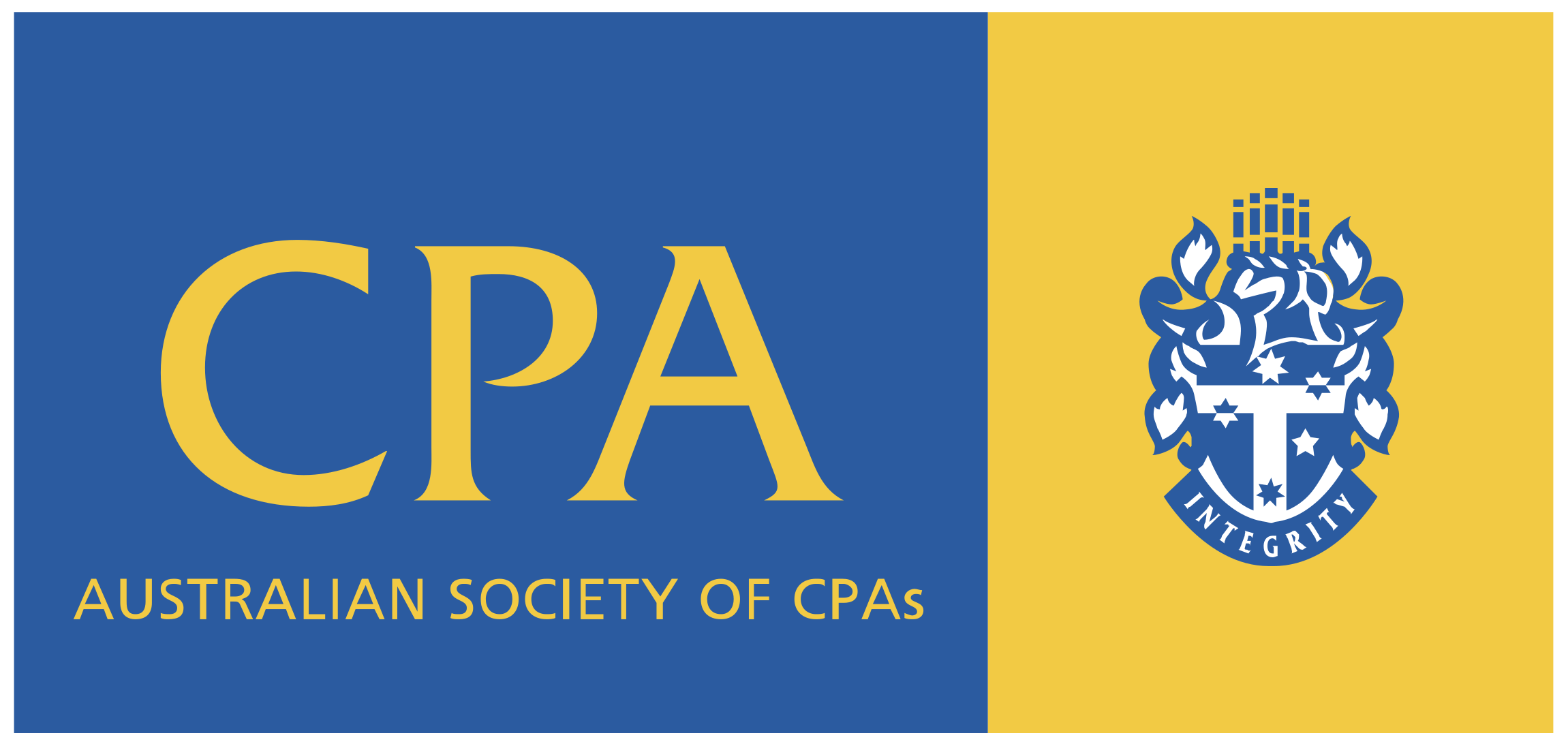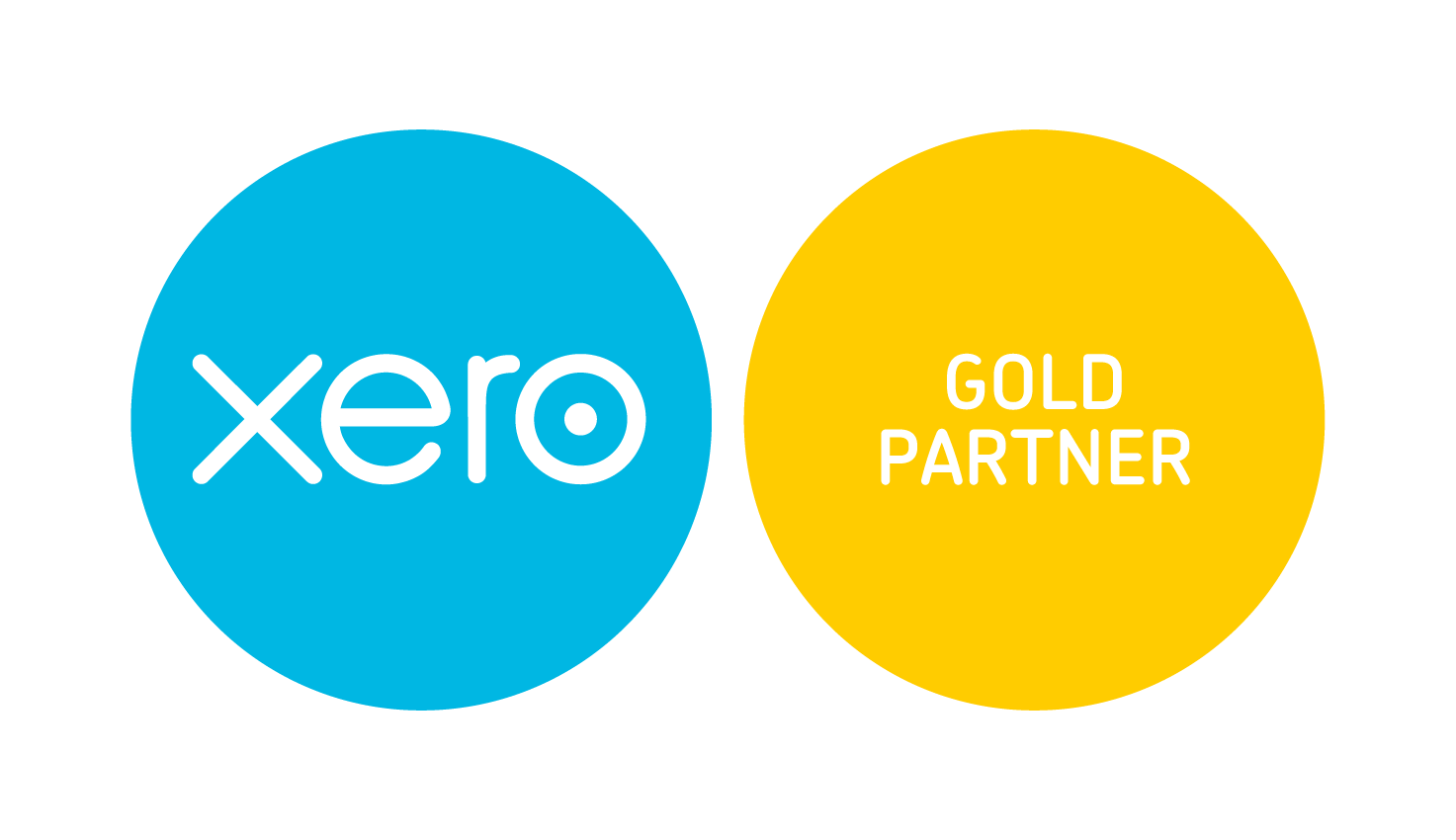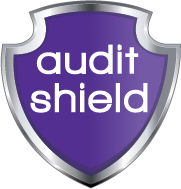
The $1,500 JobKeeper Package - what you need to know
$1,500 JobKeeper subsidy to keep staff employed
| Date |
|
| Applies to |
Based on comparable periods:
|
A subsidy of $1,500 per fortnight per employee, administered by the ATO, will be paid to businesses that have experienced a downturn of more than 30% (50% for businesses over $1bn).
To be a part of the subsidy, employers will need to ensure that their employees receive at least $1,500 per fortnight (before tax). See the example below.
Eligibility
There are two levels of eligibility; for employers and employees.
Eligible employers are those with:
- Turnover below $1bn that have experienced a reduction in turnover of more than 30% relative to a comparable period 12 months ago (of at least a month); or
- Turnover of $1bn or more that have experienced a reduction in turnover of more than 50% relative to a comparable period 12 months ago (of at least a month); and
- Are not subject to the Major Bank Levy.
Sole traders and the self-employed with an ABN, and not-for-profits (including charities) that meet the turnover tests are
eligible for the JobKeeper payment.
Eligible employees are those who:
- Were employed by the relevant employer at 1 March 2020; and
- Are currently employed by the employer (including those who have been stood down or re-hired); and
- Are full time, part-time, or long term casuals (a casual employee employed on a regular basis for 12 months as at 1 March); and
- Are at least 16 years of age; and
- Are an Australian citizen, hold a permanent visa, are a Protected Special Category Visa Holder, a non-protected Special Category Visa Holder who has been residing continually in Australia for 10 years or more, or a Special Category (Subclass 444) Visa Holder; and
- Are not in receipt of a JobKeeper Payment from another employer.
While it appears that businesses without employees can potentially qualify for JobKeeper Payments, it is not clear at this stage what conditions will need to be satisfied.
How the support is calculated
The ATO will administer this program and will make the $1,500 payments based on payroll information. The payments will be made monthly in arrears, so it is essential that you ensure your business and your employees continually meet the eligibility criteria.
The business will continue to receive the payments for eligible employees while they are eligible for the payments. While the program is
expected to run for 6 months, payments will stop if the employee is no longer employed by the relevant employer.
To manage the process, you must:
Register
- Applications are not yet open. However, you should register your intent to apply for the JobKeeper subsidy with the ATO (here). The ATO will provide you with regular updates and advise you when you can lodge your application
Assess turnover
- Ensure you have an accurate record of your revenue for the 2018-19 income year and for the 2019-20 year to date
- Ensure you keep an accurate record of revenue from March 2020 onwards
- Compare your revenue for the whole of March 2019 with the whole of March 2020
- Measure the % decline in your revenue and ensure it has declined by more than 30%
- If you are not eligible in March, you may become eligible in another month
Identify eligible employees
- Nominate the employees eligible for the JobKeeper payments – you will need to provide this information to the ATO and keep that information up to date each month. The ATO will use Single Touch Payroll to prepopulate the information in most cases.
- Notify all eligible employees that they are receiving a JobKeeper payment. Employees can only be registered with one employer.
- Pay eligible employees at least $1,500 per fortnight (before tax). If an employee normally receives $1,500 or more per fortnight before tax the employee should continue to receive their regular income.
- Pay superannuation guarantee on normal salary and wages amounts paid to employees. If the employee normally receives less than $1,500 per fortnight before tax, the employer can decide whether to pay superannuation on the additional amount that is paid as a result of the JobKeeper program.
Sole traders and the self-employed can register their interest in applying for the JobKeeper payment with the ATO. These businesses will need to provide an ABN for the business, nominate an individual to receive the payment, provide the individual’s TFN and declare their continued eligibility for the payments. Payments will be monthly to the individual’s bank account.
ExampleAdam owns a real estate business with two employees. The business is still operating at this stage but Adam expects that turnover will decline by more than 30% in in the coming months. The employees are:
Both Anne and Nick are still working in the business. Adam registers his interest in the JobKeeper scheme (from 30 March 2020), then applies to the ATO providing details of his eligible employees. Adam also advises Anne and Nick that he has nominated them as eligible employees to receive the payment. Adam will provide information to the ATO on a monthly basis and receive the payment monthly in arrears. Adam’s business is eligible to receive the JobKeeper Payment for each employee. For Anne, the business will:
Adapted from Treasury fact sheet: JobKeeper payment — information for employers |
|||||||||





